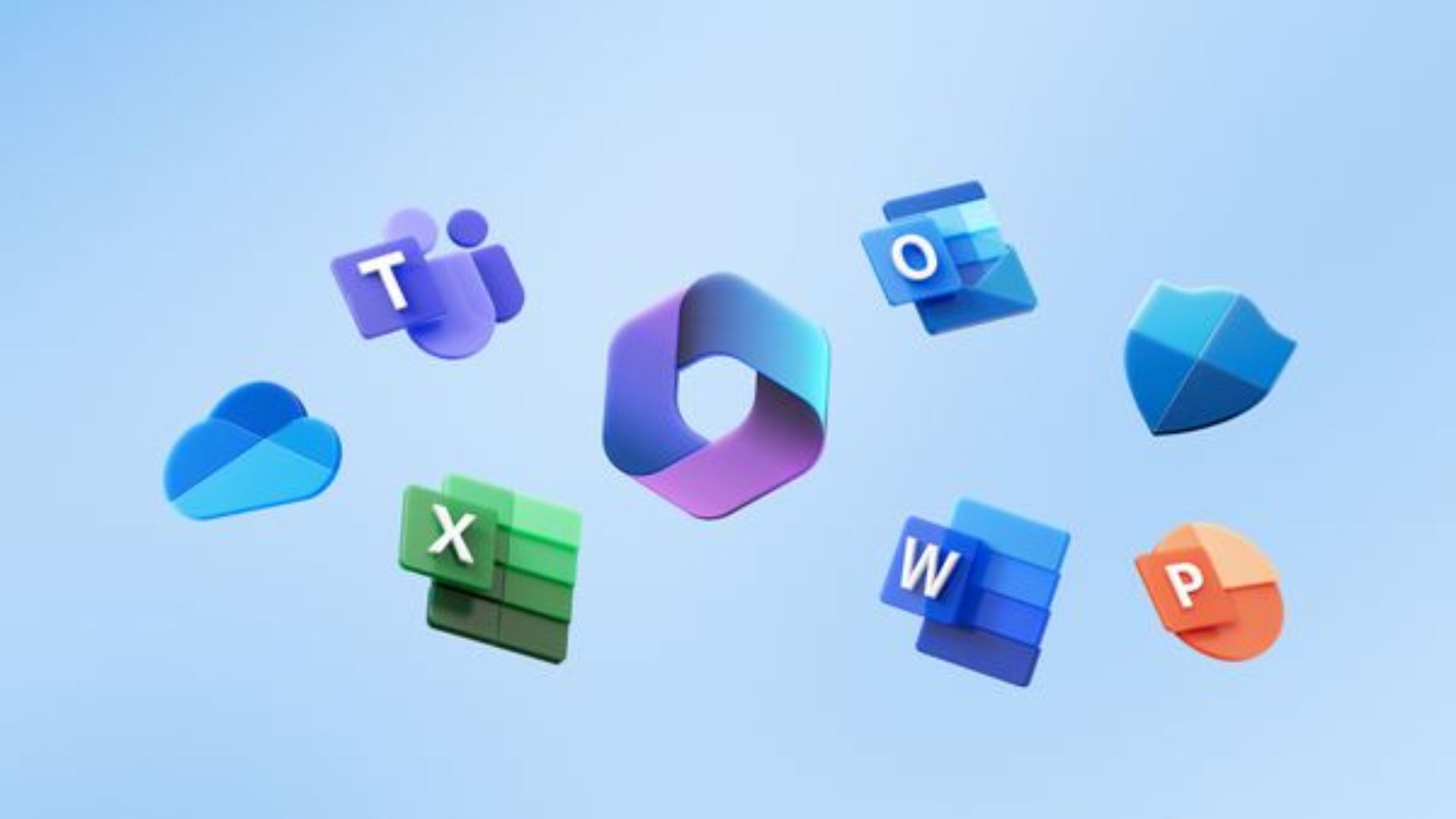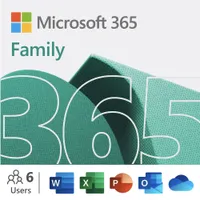No escape: Microsoft flatlines Office Online Server — it's now Microsoft 365 cloud or nothing
Microsoft has officially ended Office Online Server, leaving enterprises with one option: embrace the cloud or get left behind.

For those unaware, Microsoft Office Online Server was a self-hosted version of Microsoft’s web-based Office apps: Word, Excel, PowerPoint, and OneNote. It was designed for companies that didn’t want to rely on Microsoft’s cloud offerings and allowed organizations to host these tools in their own data centres (on-premises) while still providing users with a browser-based experience.
It was mainly used by large organizations such as government agencies and regulated industries where cloud or external data hosting wasn’t available or allowed.
Microsoft describes this change as an effort to modernize its productivity tools and focus on cloud-first offerings. In reality, it likely comes down to fewer companies using the software and Microsoft continuing to steer customers toward its cloud ecosystem.
End of support: When it’s happening and what Microsoft says
As reported on by Neowin, Support for Office Online Server ends on December 31, 2026. After that, it won’t receive any more updates, security patches, or technical support.
Without security fixes, businesses that continue using it will be at risk of data breaches or other vulnerabilities. In short, most organizations will have no choice but to move to Microsoft 365 instead.
If I put my speculation hat on for a moment, another reason behind this shift is probably AI — though that’s just an educated guess. Microsoft says the move will give users better tools, automatic updates, and access to features like Microsoft 365 Copilot.
However, some products remain unaffected for now. SharePoint Server Subscription Edition and Exchange Server will continue to receive updates — at least until Microsoft finds a way to weave AI into those as well. I kid, or at least I hope so.
All the latest news, reviews, and guides for Windows and Xbox diehards.
In a quote from Microsoft’s blog, they say:
For organizations using SharePoint Server Subscription Edition or Exchange Server Subscription Edition, Microsoft 365 Apps for Enterprise and Office LTSC 2024 remain supported desktop clients for viewing and editing documents hosted on those servers.
If your organization uses Office Online Server to host Excel workbooks in Power BI Report Server, that functionality will no longer be supported. Alternatives include viewing workbooks in the Excel desktop application or migrating to the Power BI service
What this means for on-prem customers and IT departments
Companies using Microsoft’s Office Online Server will have little choice but to move to Microsoft 365. For some, that transition could take months, especially in industries where security and data control are top priorities.
Many organizations that relied on Office Online Server did so precisely because it kept everything in-house. Moving to the cloud could mean reworking internal systems, which doesn’t happen overnight.
Microsoft suggests alternatives like Microsoft 365 Apps for Enterprise or Office LTSC 2024 for those who still need local editing options, but the reality is clear: the company’s long-term focus is entirely cloud driven.
For now, enterprises are being urged to start planning migrations early, because once support ends, running Office Online Server will only get riskier by the day.
Another step in Microsoft’s all-in cloud strategy
Microsoft has made it clear that the future of Office and collaboration lies firmly within the Microsoft 365 ecosystem. With that shift comes a growing focus on AI-powered tools designed to boost productivity and make teamwork smoother across devices and platforms.
This move benefits Microsoft in several ways. Revenue from Microsoft 365 subscriptions is far more consistent and profitable than selling one-off licenses, and it keeps customers locked into the company’s wider ecosystem. That tighter integration across Office, Teams, and other Microsoft services strengthens the value of staying within 365 long term.
For any organization still running Office Online Server, it’s worth starting migration plans sooner rather than later. The switch won’t happen overnight, especially for businesses with complex setups or strict compliance rules.
As for pricing, Microsoft 365 currently starts at $6.00 per user per month for the Business Basic plan, which includes web and mobile versions of Word, Excel, PowerPoint, and Outlook, along with business email and 1 TB of cloud storage per user.
The Business Standard plan, priced at $12.50 per user per month, adds the full desktop versions of Office apps for PC and Mac, plus advanced collaboration tools like Microsoft Teams, SharePoint, and OneDrive integration.
Finally, the Business Premium plan costs $22.00 per user per month and includes everything from the Standard tier, along with enhanced security, device management features, and advanced data protection controls — making it the most comprehensive option for larger or security-conscious organizations, but at a much steeper price.
FAQ
What is Microsoft 365?
Microsoft 365 is Microsoft’s cloud‑based subscription service that bundles productivity apps (Word, Excel, PowerPoint, Outlook, Teams, OneNote, etc.) with cloud storage (OneDrive), collaboration tools, and AI‑driven features. It’s continuously updated, with new features and security patches delivered automatically.
What was Office Online Server (OOS)?
OOS was an on‑premises server product that let enterprises host web‑based versions of Word, Excel, PowerPoint, and OneNote within their own data centers. It was designed for organizations that needed local control over data and compliance, rather than relying on Microsoft’s cloud.
What just happened?
Microsoft has ended support and development for Office Online Server (OOS), the on‑premises solution that let enterprises host Word, Excel, PowerPoint, and OneNote in their own environments.
Why is Microsoft doing this?
The company is consolidating everything into Microsoft 365 cloud services, citing faster updates, AI integration, and simplified management.
What does this mean for enterprises still using OOS?
They’ll need to migrate to Microsoft 365 or risk running unsupported, insecure software. There’s no direct replacement for OOS.
Why are people upset?
Many organizations — especially in regulated industries, government, and security‑sensitive sectors — relied on OOS for on‑prem control. Forcing them into the cloud raises compliance, cost, and data sovereignty concerns.
This subscription gets you access to the Office apps, OneDrive storage, and more for up to six people. It's an excellent bargain, especially when discounted.
✅Perfect for: Anyone who wants the best experience for Microsoft 365 or its Office applications. This subscription grants access to a large library of applications across several devices.
❌Avoid if: You only need Microsoft 365 for one person.

Follow Windows Central on Google News to keep our latest news, insights, and features at the top of your feeds!

Adam is a Psychology Master’s graduate passionate about gaming, community building, and digital engagement. A lifelong Xbox fan since 2001, he started with Halo: Combat Evolved and remains an avid achievement hunter. Over the years, he has engaged with several Discord communities, helping them get established and grow. Gaming has always been more than a hobby for Adam—it’s where he’s met many friends, taken on new challenges, and connected with communities that share his passion.
You must confirm your public display name before commenting
Please logout and then login again, you will then be prompted to enter your display name.



